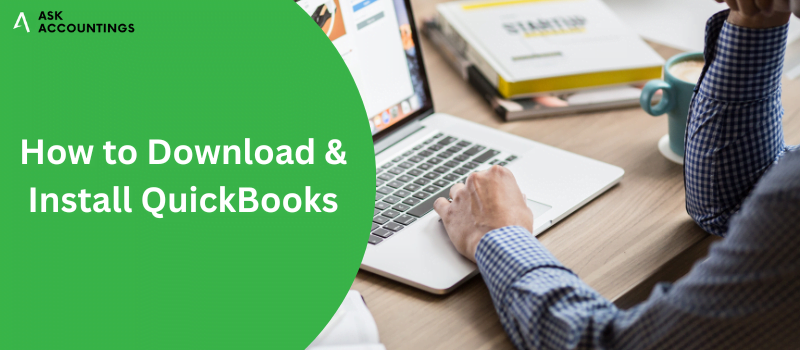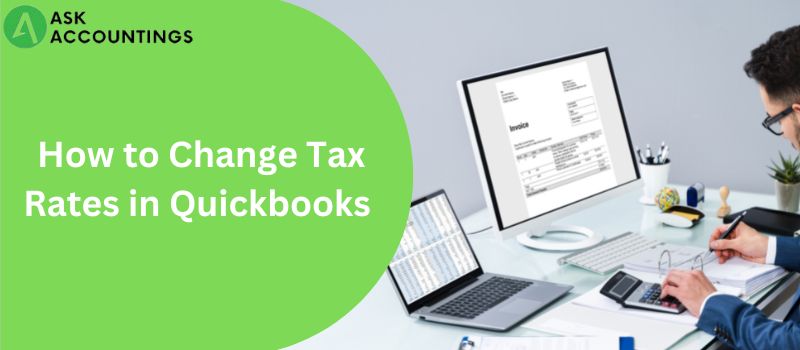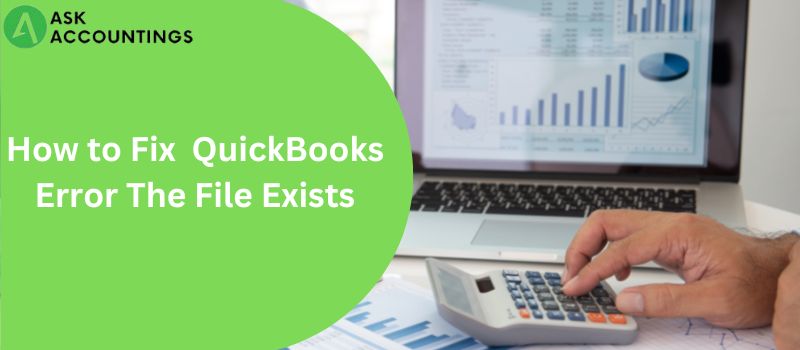According to the most current figures from the Federal Reserve, total revenue from real estate and rental and leasing hit about $223 billion, an all-time high. Many landlords use accounting software to keep track of rental income since even a small investment portfolio can generate tens of thousands of dollars in annual rent. Millions of people worldwide use QuickBooks to manage their businesses and investments, including real estate. Those who have purchased or subscribed to QuickBooks may have wondered if it may be used in the real estate industry. Yes, but it will likely need some tweaking and be more user-friendly. This post will show you how to record rental income in QuickBooks and then explain how simple it is to do it with their help.
What QuickBooks users need to know about recording rental income
Rent payments can be recorded in QuickBooks in two ways: either as a new transaction at the time of payment or as a reduction of an outstanding invoice. To review, in QuickBooks, a rental property is a Class, a renter is a Customer, and each rental payment is a Product.
Take in money when it comes in.
If the rent is consistent and due on the first of every month, some landlords may forego sending a monthly invoice to the Tenant. Payments for rent like these are recorded as soon as they are received. Follow these steps to log rental income in QuickBooks properly:
The Customer submenu can be accessed directly from the main menu.
- Choose the option to be paid.
- Pick the Receiving Account from the Accounts list.
- Choose the appropriate Tenant from the provided Customer list.
- Enter the amount of the payment.
- Select Group With Other Undeposited Funds if you’re depositing more than one rent payment.
- Continue by clicking Next and adding the remaining rent payments.
- Then click Save and Close.
Acquire funds from an outstanding bill.
Landlords may choose to send monthly invoices to tenants as a means of collecting unpaid rent, utility bills, and similar charges. An invoice must be made before a rent payment can be accepted:
- Choose “Customer” from the main menu.
- Choose the appropriate Client.
- Invoices should be created by clicking Add New after Create Invoices.
- If there are many rental properties or units, selecting the appropriate Class and Product is essential when entering the rental fees.
- Choose Save, then Exit.
After an invoice has been generated, rent payments can be received in QuickBooks by following these steps:
- Choose “Customer” from the main menu.
- Choose to Acknowledge Payment.
- Select a sender from the Received From list.
- Choose the name of the customer.
- Put the money you got here.
- Verify the receipt date of the rent is the proper date.
- Pick a Financing Option.
- Pick the Bill that you want to pay.
- Choose Save, then Exit.
When rent is received, how do you deposit QuickBooks?
By default, QuickBooks allocates rental payments to an account labelled Undeposited Funds. To transfer money from your Undeposited Funds account to your regular bank account, please follow these steps:
- The Banking option can be accessed directly from the main menu.
- A deposit can be made by clicking the appropriate button.
- Launch the Deposit Payments window.
- Pick which payments you want to deposit.
- When ready, please confirm your selection by clicking the OK button.
- Choose a receiver from the Deposit To field.
- Make sure you open a property-specific bank account
- Choose Save, then Exit.
QuickBooks: How to Modify the Default Deposit Settings
For many property managers, depositing rent into an Undeposited Funds account and then transferring the money to a real bank account is cumbersome. How to configure QuickBooks for an automatic bank deposit of rent checks:
- The Edit option can be accessed from the main menu.
- To modify your preferences, click the corresponding button.
- Choose Transactions from the menu.
- The tab for Company Preferences can be found in the menu.
- Selecting the option labelled “Use Undeposited Funds as a Default Deposit to Account” and then unchecking it is the wrong choice.
- Don’t hesitate to click OK.
When rent is received, the account into which the funds should be deposited can be chosen once the Undeposited Funds default has been deselected.
For what reason is it so difficult to enter rental money into QuickBooks?
Collecting and depositing rent in QuickBooks is more involved than it has to be. Setting up a rental property in QuickBooks can be challenging. The company offers a Live Bookkeeping specialist to assist with the initial setup for $50 for a one-time session and tailored bookkeeping support for an additional charge. However, paying more funds beyond the QuickBooks base price could be beneficial to guarantee proper first account setup. If you make a mistake with QuickBooks now, it could affect your financial reporting and tax return or even lead you to wrongly accuse a tenant of not paying rent when they did. The fact that QuickBooks wasn’t designed with landlords in mind makes it difficult to utilise the programme effectively. QuickBooks is an all-purpose accounting programme that caters to various users. ZDNet found that in 2019, there were 3.2 million U.S. users of QuickBooks Online and 1.3 million users outside the country. Most customers run their businesses or are freelancers; however, the proportion of subscribers who own rental properties needs to be disclosed. Some landlords are switching from QuickBooks to a free alternative explicitly created for the needs of landlords and property managers.
Conclusion
Keeping meticulous financial records is essential to your success as a business owner. You can get forward in your quest to leave the rat race by keeping track of your rent payments.
Read Also : Workforce Intuit Login
Read Also : QuickBooks Error H202



